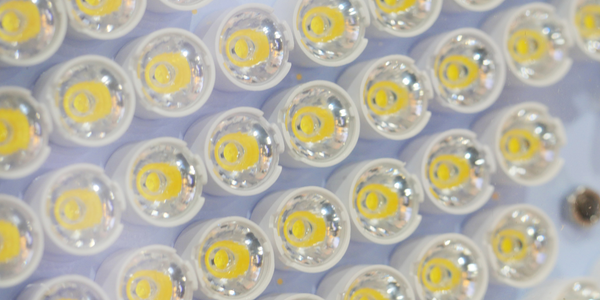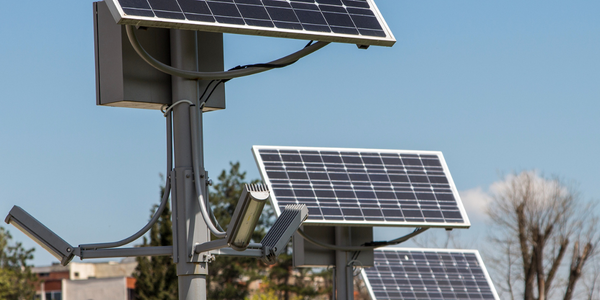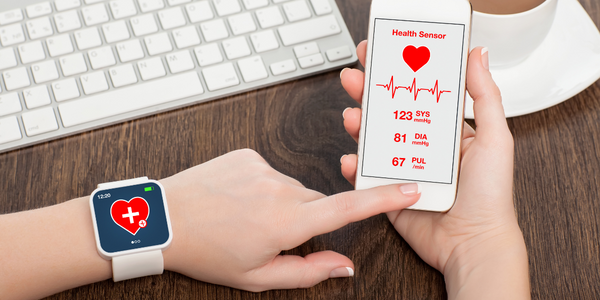Technology Category
- Sensors - GPS
- Sensors - Optical Sensors
Use Cases
- Indoor Positioning Systems
- Smart Lighting
About The Customer
The customer in this case is Philips, a global leader in health technology. Philips Hue is one of their innovative product lines, offering smart lighting solutions for homes and businesses. The Hue product line was launched in 2012 and has since become a popular choice for consumers seeking smart, customizable lighting solutions. However, the brand faced challenges in maintaining a personable and approachable image, leading to the need for a repositioning strategy. Philips sought a solution that would not only simplify the brand but also make it more human and approachable, thereby enhancing its appeal to consumers.
The Challenge
Philips Hue, a leading brand in smart lighting, faced a significant challenge in its brand positioning. The brand had initially launched with a strong personality, but over time, it had become more technical and less personable. This shift led to a complicated and confusing brand image, making it difficult for consumers to understand and connect with the product. The challenge was to humanize the brand, making it simple, approachable, and relatable to consumers. The task also involved developing Hue’s ecosystem and messaging for its three propositions ‘Comfort & Security’, ‘Light Up Your Moments’ and ‘Endless Possibilities’, and creating assets that would encapsulate these propositions.
The Solution
To address this challenge, Philips Hue appointed iris Amsterdam to develop a new positioning line for its product and create content that would bring it to life. The solution was the 'Turn on Living' positioning line, which emphasized that there's more to lighting than just illumination. The idea was to highlight how light has the power to set the mood for every moment, help individuals wind down or energize for the day ahead, and even trigger imagination with its endless combinations. Along with this new positioning, a set of assets was created to help consumers understand how they can explore and experience the product. The product was presented as a simple solution built around the consumer, designed for real life and all its potential.
Operational Impact

Case Study missing?
Start adding your own!
Register with your work email and create a new case study profile for your business.
Related Case Studies.
.png)
Case Study
Smart Street Light Network (Copenhagen)
Key stakeholders are taking a comprehensive approach to rethinking smart city innovation. City leaders have collaborated through partnerships involving government, research institutions and solution providers. The Copenhagen Solutions Lab is one of the leading organizations at the forefront of this movement. By bringing together manufacturers with municipal buyers, the Copenhagen Solutions Lab has catalyzed the development and deployment of next-generation smart city innovations. Copenhagen is leveraging this unique approach to accelerate the implementation of smart city solutions. One of the primary focus areas is LED street lighting.
.png)
Case Study
Single Network for Multiple Smart Grid Services (ComEd)
With the passage of Energy Infrastructure Modernization Act (EIMA), ComEd was required to improve its overall system reliability. In order to reach the goals outlined in the law, ComEd decided to leverage a common network for multiple applications, including advanced metering infrastructure (AMI), distribution automation (DA) and smart city programs. With a modernized communications infrastructure, the utility would be able to increase grid reliability by identifying problems faster, optimizing business processes, automating problem resolution and reducing truck rolls.

Case Study
American Eagle Achieves LEED with GE LED Lighting Fixtures
American Eagle Outfitters (AEO) was in the process of building a new distribution center. The AEO facility management team decided to look at alternate options for lighting layout that could provide energy and maintenance savings. AEO would need a full-time maintenance employee just to replace burned-out fluorescent tubes.

Case Study
IoT Powering A New Way to Light Streets with Bifacial Solar Panels
When James Meringer’s commercial contracting business experienced a rapid increase in solar projects, he also saw an opportunity to extend the benefits of solar by using the bifacial solar panels he’d become familiar with in new ways. Bifacial solar panels enable sunlight from both sides of the panel, making it a more efficient harvest of solar power. Seeing the panel’s power, James and his team set out to use the same technology for street lighting. Until now, solar street lights have served as utilitarian solutions that force designers to choose between form and function. The Mira Bella Energy team has changed that.









